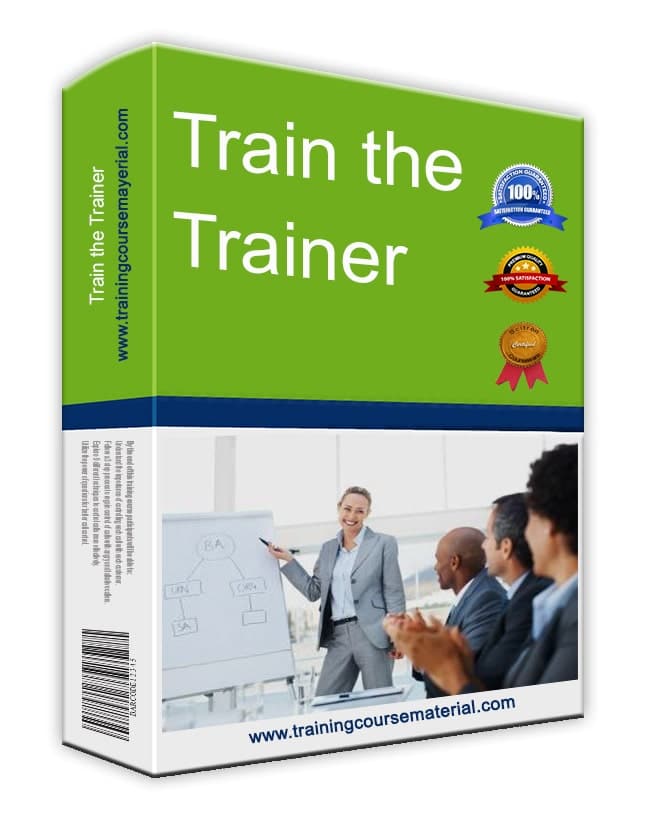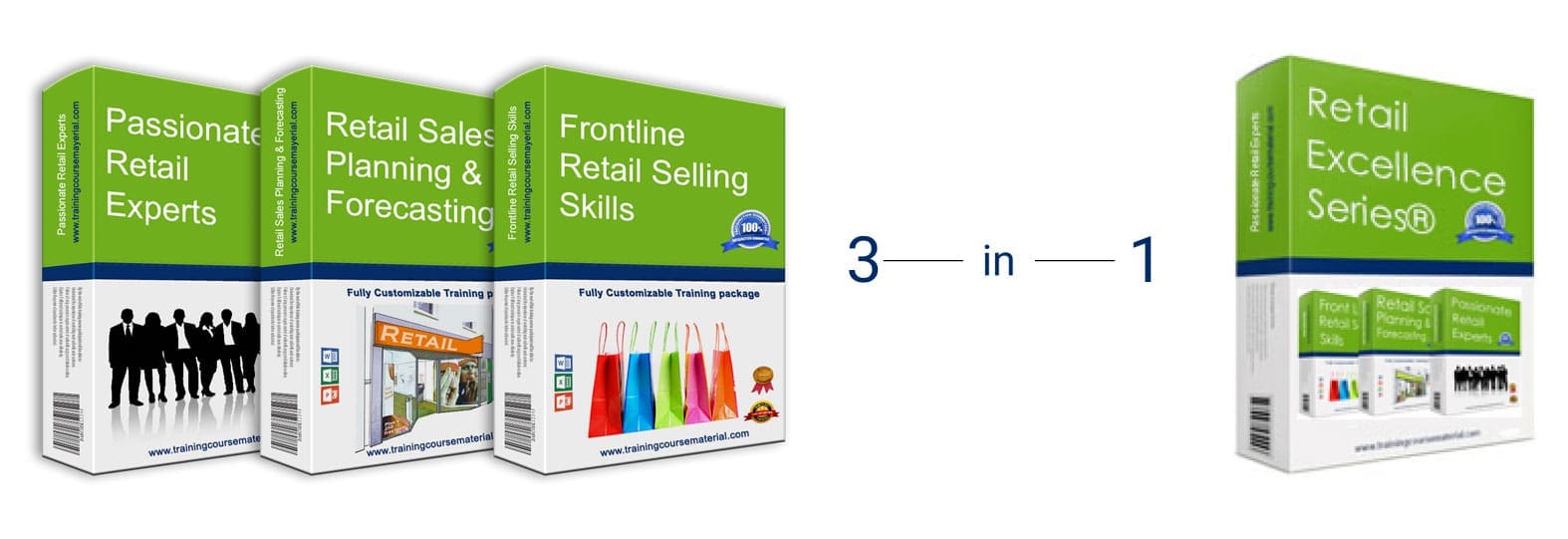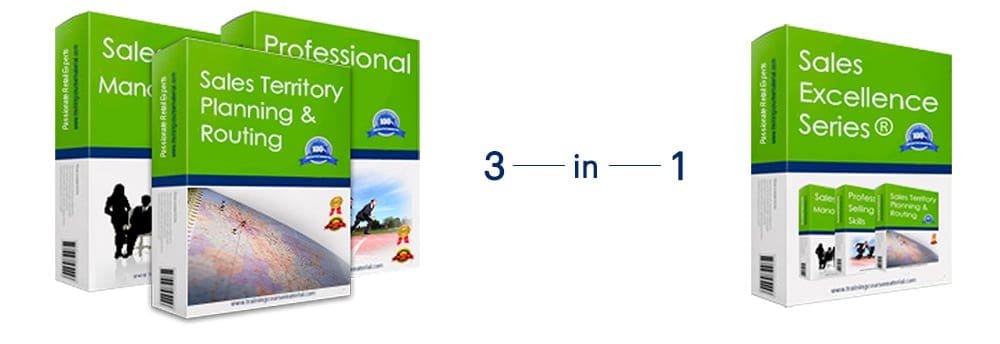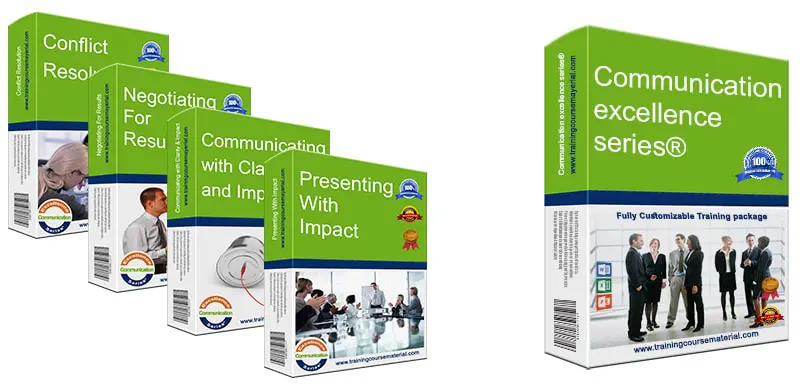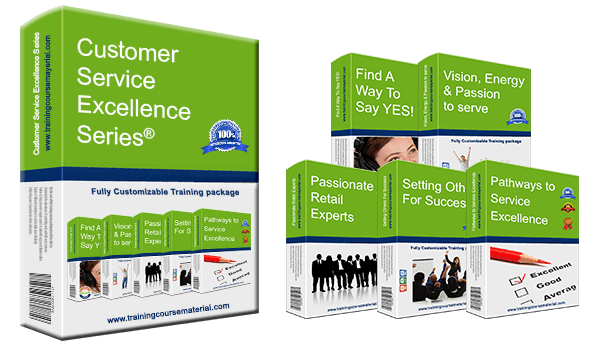The 3 Key Stages of Preparation
1. Gathering Information
Think all round the subject, and note down on a large sheet of paper, preferably in pattern form (mind map), everything that comes into your head on the subject of your talk. By and large our brains do not work logically;the advantage of a pattern form is that it aids rather than fights the way our brain operates.
2. Editing Your Material
Ask yourself these four simple questions:
• Who are my audience?
• How much do they already know?
• What do I want to tell them?
• How much time am I allowed?
Clarify your aim, then reject anything which is irrelevant from your initial notes. Now decide on your headings and subheadings, and put them into logical order. The structure of the presentation begins to take shape.
Remember, you will not have time to say all you know about the subject. Use only what is relevant and what can be dealt with in the time at your disposal. This may very well involve ruthless rejection.
3. Preparing Notes
The first rule of notes is that they must be easy to read. Use large print .
The second rule is that they should be easy to handle.
It is good practice to use file cards or postcards. Write your themes in large letters (bullet points) and under each, four or five key words to remind you of how you want to develop the point.
Use one card for the INTRODUCTION, one for each THEME, and one for the END.
Using a different coloured card for each section will also help to remind you to take a short pause between each topic to give your audience a chance to reflect on what they have heard so far.
Be sure that the whole sequence is logical.
If you have clarified your ideas you will know what to say.
If you need to quote accurately, write the quote and who said it on a separate card.
Ensure the cards are in the right order and then number them, to keep them in that order.
The Structure of the Presentation
A well-constructed talk always falls into three sections and time is allocated in roughly the proportions suggested:
1. Beginning/Introduction 10%
2. Middle/Main Themes 80%
3. Ending/Summing Up 10%
This structure has been summarised as, “Tell ‘em what you’re going to tell ‘em, tell’ em, then tell ‘em you’ve told ‘em”.
Pay as much attention to preparing the Beginning and Ending as to the Main Themes.
1. Beginning/Introduction (“Tell ‘em what you’re going to tell ‘em.”)
Begin with a bang, if you can, with some particularly interesting aspect of your subject and your credentials. Your audience needs early assurance of your experience in relation to the subject.
Let your audience know as early as possible what you are going to talk to them about. (The theme or title of the talk.)
You should also give signposts to the themes you intend to cover and manage their expectations of how to interact with you. ‘Feel free to jump in when you have a question. or, ‘I’ll be taking your questions at the end and so do jot them down as we go.’ If the topic is complicated, you may wish to deal with questions after each section. This is a way of ensuring that the audience understands it in detail. ie. Health and Safety regulations. This is a judgment call that the presenter has to make.
Finally, you should indicate how long you will take, and whether you will be handing out notes.
2. Middle/Main Themes (“Tell ‘em!”)
Follow the road-map that you introduced, using the signposts to let the audience know when you have finished with one theme and are moving on to another. Presenting is a leadership activity and so, if you want people to follow you, the sequence of ideas within a theme must be logical.
3. Ending/Summing Up (“Tell ‘em what you’ve told ‘em!”)
The ending can take the form of a summing up but not a repetition of the whole thing, or it can simply be a neat rounding off of the talk.
If it’s appropriate to do so, you can include recommendations or the conclusions you have come to.
Remind the audience briefly of the areas you have covered.
Take questions if that is what you said you would do.
Finally, draw the proceedings to a close so as to make it clear to the audience that you have reached the end. Thank them for listening/their participation/their contributions.


